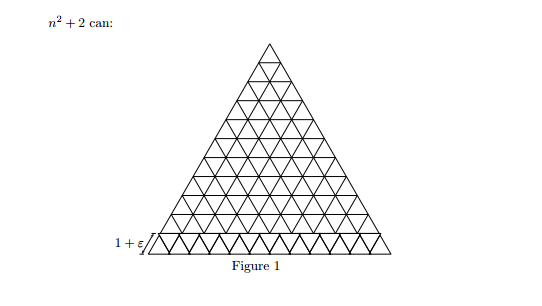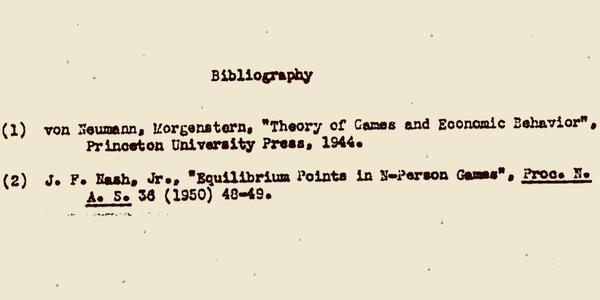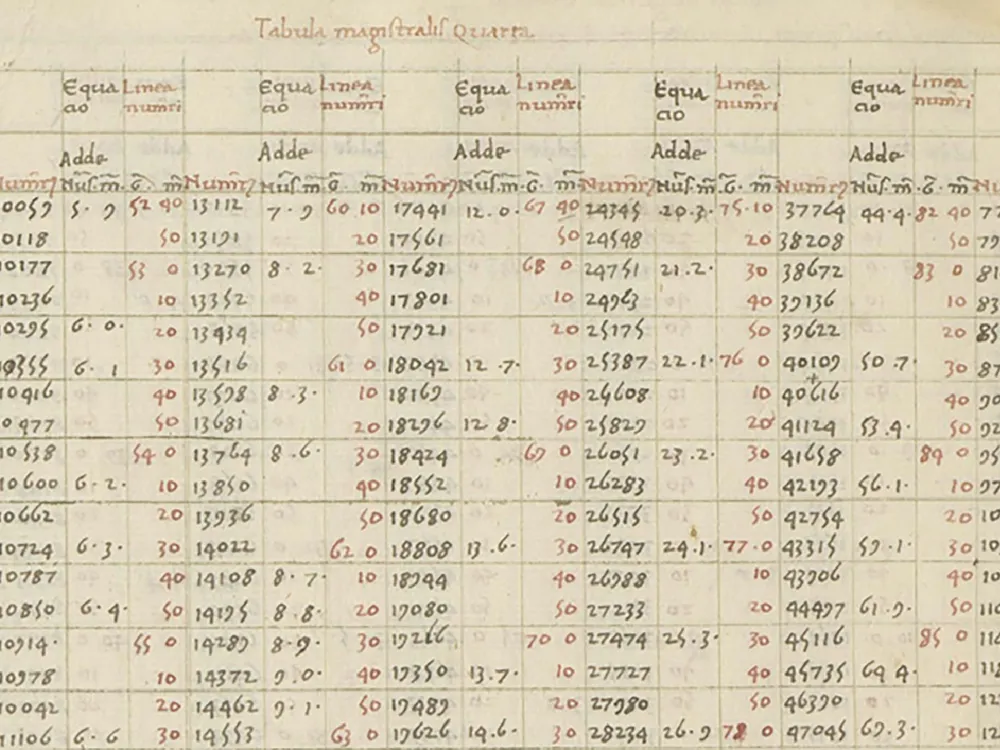Homework has lately become unfashionable, at least according to what I’ve heard from teachers in certain parts of the United States. That may complicate various fairly long-standing educational practices, but it doesn’t necessarily reflect an absolute drop in standards and expectations. Those of us who went to school around the turn of the millennium may remember feeling entombed in homework, an intensified version of what the generation that came of age amid the early Cold War’s pressure for “more science,” would have dealt with. But late baby boomers and early Gen-Xers in the sixties and seventies had a much lighter load, as did the generation educated under John Dewey’s reforms of the early twentieth century.
We can follow this line all the way back to the times of the Babylonians, 4,000 years ago. In the video above from her channel Tibees, science YouTuber Toby Hendy shows us a few artifacts of homework from antiquity and explains how to interpret them.
Inscribed in a clay tablet, their simple but numerous marks reveal them to be examples of math homework, that most loathed category today, and perhaps then as well. (Even when interpreted in modern language, the calculations may seem unfamiliar, performed as they are not in our base ten, but base 60 — shades of the “new math” to come much later.) That the Babylonians had fairly advanced mathematics, which Hendy demonstrates using some clay of her own, may be as much of a surprise as the fact that they did homework.
Not that they all did it. Universal schooling itself dates only from the industrial age, and for the Babylonians, industry was still a long way off. They did, however, take the considerable step of creating civilization, which they couldn’t have done without writing. The ancient assignment Hendy shows would’ve been done by a student at an eduba, which she describes as a “scribe school.” Scribe, as we know, means one who writes — which, in Babylon, meant one who writes in Sumerian. That skill was transmitted through the network of eduba, or “house where tablets are passed out,” which were usually located in private residences, and which turned out graduates literate and numerate enough to keep the empire running, at least until the sixth century BC or so. From certain destructive forces, it seems, no amount of homework can protect a civilization forever.
Related content:
An Ancient Egyptian Homework Assignment from 1800 Years Ago: Some Things Are Truly Timeless
A 4,000-Year-Old Student ‘Writing Board’ from Ancient Egypt (with Teacher’s Corrections in Red)
Behold the Oldest Written Text in the World: The Kish Tablet, Circa 3500 BC
Hear the Earliest Recorded Customer Complaint Letter: From Ancient Sumeria 1750 BC
Based in Seoul, Colin Marshall writes and broadcasts on cities, language, and culture. His projects include the Substack newsletter Books on Cities and the book The Stateless City: a Walk through 21st-Century Los Angeles. Follow him on the social network formerly known as Twitter at @colinmarshall.




